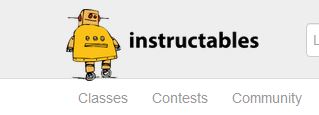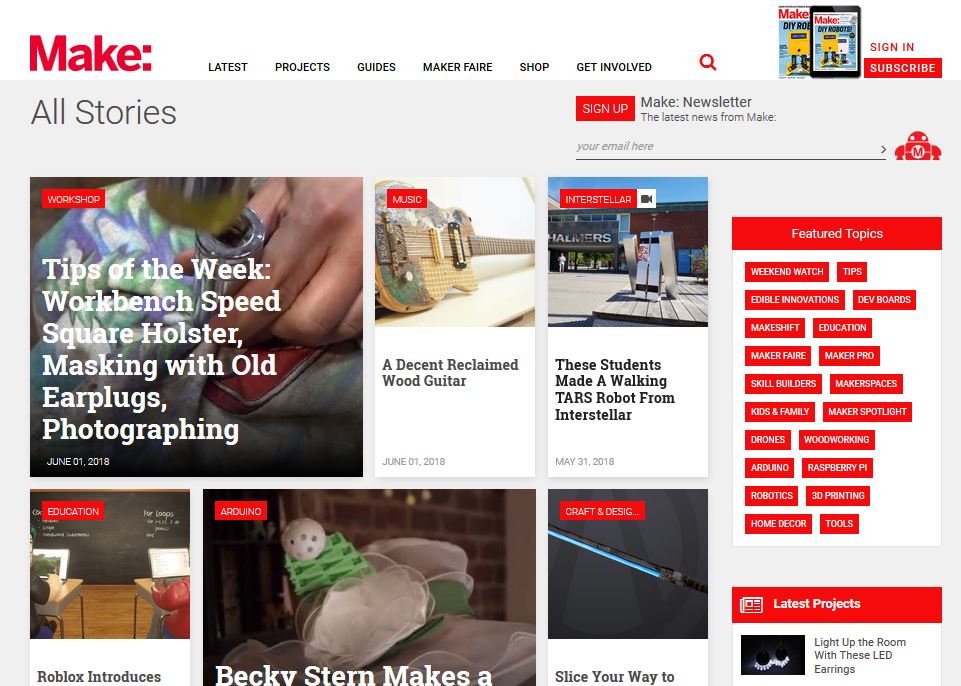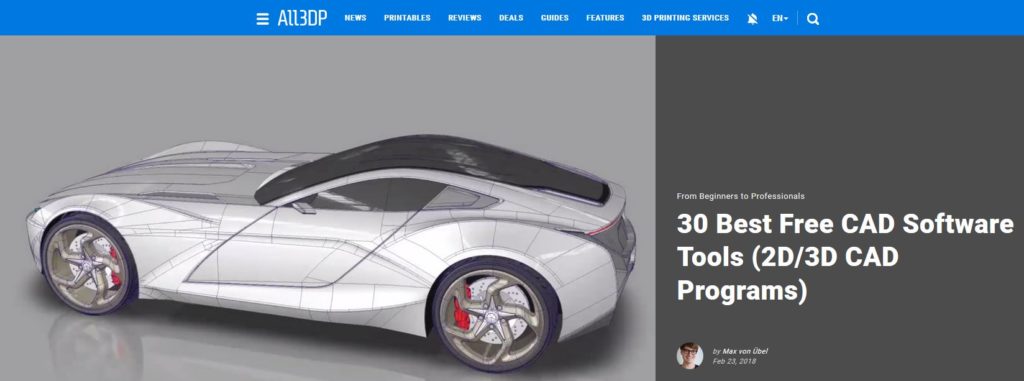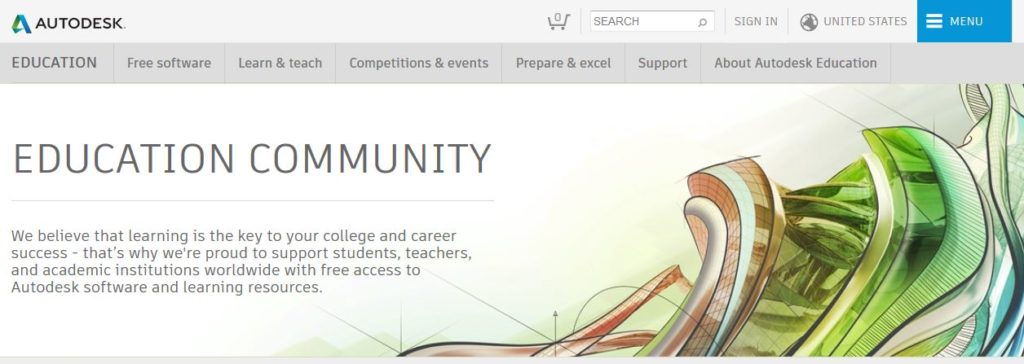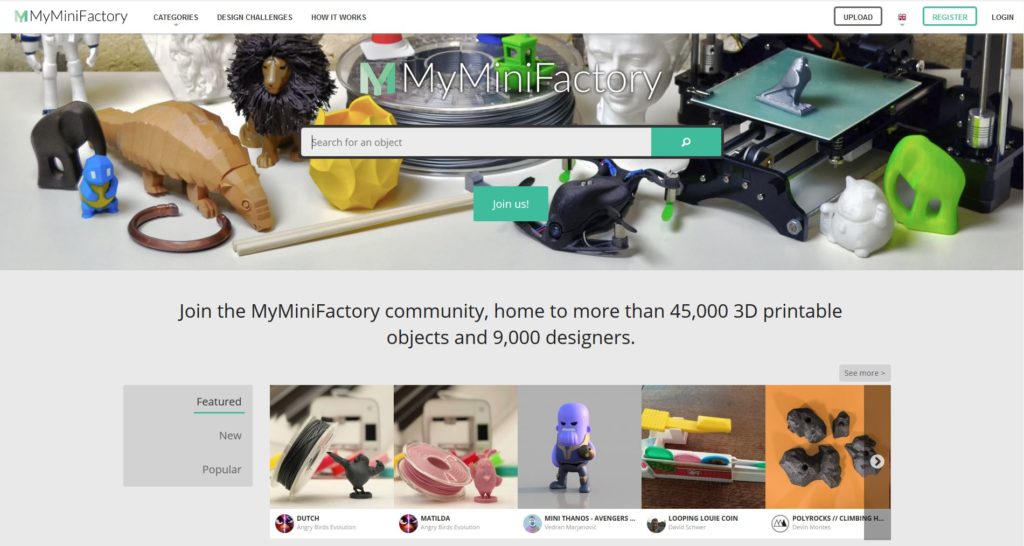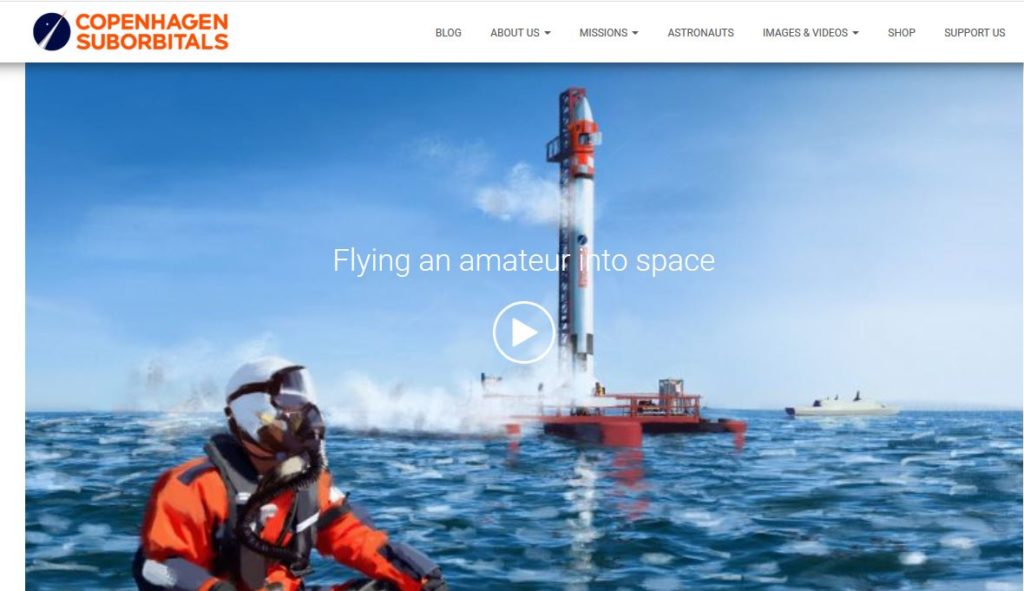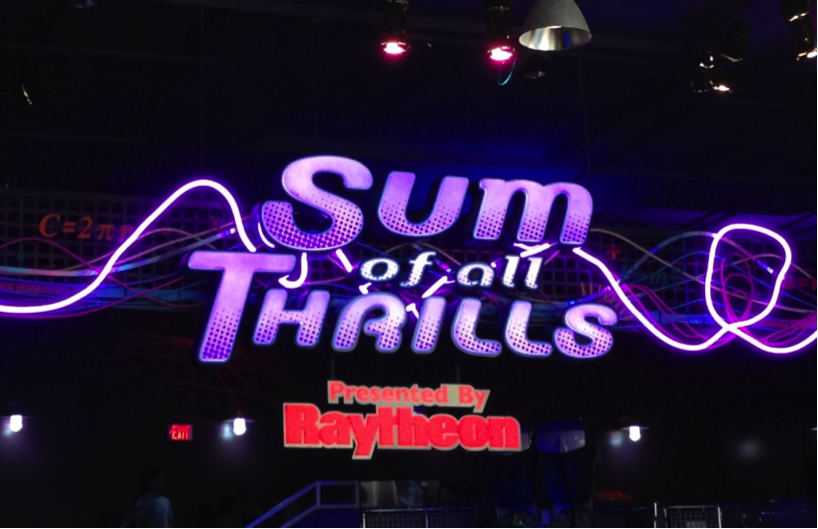There are great resources online! As a fact, there are more resources online than you can ever explore in your entire life. Here are suggestions for resources that are free (or mostly free), but there are tons more of them out there. (Some of these have already been listed in other sections). Click to jump directly to:
- How to make things
- Free software
- 3D printing
- Math and other free education
- Read about other really cool projects
- Explore STEM offline
—
How to make things:
Instructables – FREE instructions how to make things
Make: Magazine – FREE instructions how to make things
The online version of the paper-magazine Make has tons of projects and guides. It also has information about Maker Faires (there may be one near you!) as well as a nice webstore with books, parts, and project kits. If you like to read real paper magazines, I can highly recommend Make Magazine (I was a subscriber for several years, and have given away multiple subscriptions as gifts). https://makezine.com/
—
Free software:
Free CAD software
All3dp.com has listed the best 30 free CAD (Computer Aided Design) tools from beginner to advanced. You will find the list using the link below. I would also have liked to see my personal favorite Autodesk Inventor Professional listed because it is free for students and educators (more about Inventor below). https://all3dp.com/1/best-free-cad-software-2d-3d-cad-programs-design/
Autodesk – Free CAD and CFD software for student and educators
Autodesk provides a large number of free software packages for students and educator. My personal favorite CAD software Autodesk Inventor Professional is included in the student license, but also 3D animation software and CFD (Computational Fluid Dynamics). https://www.autodesk.com/education/home
Free editor for STL files
The website All3DP lists seven free editors for STL files. I haven’t tried all of these myself, but they are free and it is worth a try if you want to or need to edit or repair an STL file: https://all3dp.com/1/7-free-stl-editors-edit-repair-stl-files/
—
3D printing and 3D files:
Thingiverse – the place to download (and upload!) 3D printed designs (FREE 3D files!)
https://www.thingiverse.com/
You can find a few of my designs on Thingiverse (I should be better at uploading them, but there just aren’t enough hours in the day): https://www.thingiverse.com/EvaHakansson/designs
My Mini Factory – another place to download (and upload!) 3D printed designs
https://www.myminifactory.com/
Free CAD files
GrabCAD has millions of free CAD files, and tons of CAD tutorials. I personally haven’t been terribly successful in finding useful files, but other people swear by GrabCAD. Check it out for yourself at https://grabcad.com/.
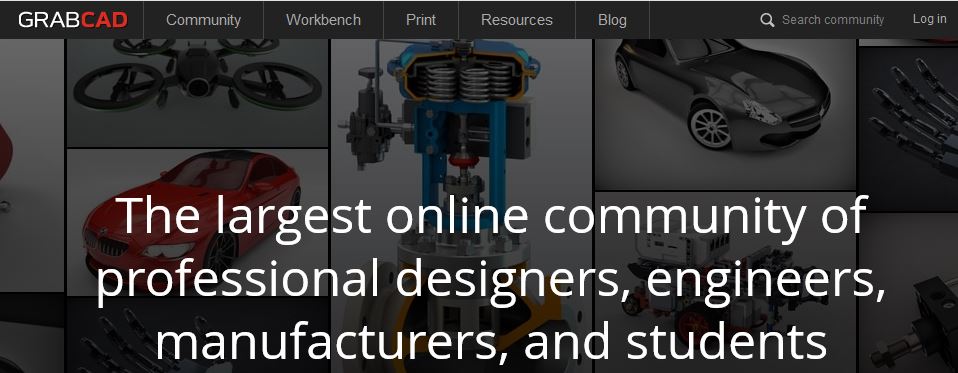
—
Math and other free education:
Khan Academy – math has never been this much fun! (FREE education!)
No matter if you love math or hate math, this is the place for you! Khan Academy is like a computer game – totally addicting! I used Khan Academy to brush up on my math when I started my engineering education. From kindergarten to university – Khan Academy has something for every level. I currently have a million points. If you beat me, send me an email with a screenshot and I will send you a signed postcard! 🙂 Khan Academy also has courses in multiple other subjects, including computing, science, arts & humanities, and economics & finance. https://www.khanacademy.org/
—
Read about other really cool projects:
Bloodhound Super Sonic Car – aiming for 1000 mph!
The Bloodhound SSC team is on the quest for 1000 mph (1609 km/h), and to beat the current land speed record of 763 mph (1,228 km/h) with a large margin. It may sound like wishful thinking, but this team has the track record to prove that they can go supersonic. Team Leader Richard Noble built the only car that ever has gone supersonic, the Thrust SSC. The driver of Bloodhound is the fastest man on the planet – Royal Airforce fighter pilot Wing Commander Andy Green, who drove the Thrust SSC to the current record. To follow this amazing project, and perhaps even get your name on the tail fin of the Bloodhound, visit www.bloodhoundssc.com.
Copenhagen Suborbitals – the world’s only manned, amateur space program
I personally don’t know these folks, but it seems like a way cool project! This group of amateurs are determined to send a person into space. www.copenhagensuborbitals.com
Formula 1 – the ultimate engineering project!
Being the fastest in the world is all about science and engineering! From time to time, Formula 1 teams will let you in behind the scene. There are tons of videos on YouTube by the Formula team, just search and browse to find your favourites. The amazing 3 minute video below shows the enormous effort going into one single bolt in a Red Bull Racing Formula 1 car!
If the video above doesn’t work, click this link instead: http://www.redbull.com/en/motorsports/f1/stories/1331819418898/life-of-a-bolt
—
Explore STEM off-line:
Disney World
You can find STEM related stuff in unexpected places. Disney World in Florida is mostly known for thrilling rides and spectacular firework displays, but there is actually quite a bit of science education as well. Most of the science-inspired attractions are found in the EPCOT theme park.
Here are 5 science things that you probably didn’t know, and that may help make your next trip to Disney World more educational:
1. The “Sum of all Thrills” is the world’s first amusement park ride where you can design your own ride. You can ride in a capsule on the end of a giant industrial robot-arm – the same kind of robots used to assemble cars – with a virtual reality in front of your eyes. The pictures are simulated, but the motions are absolutely real. It will even turn up upside down, if you want. It is up to you to make your ride mild or wild, because you actually get to design your own ride. Just as the engineers program the robots to perform all kinds of tasks from assembly to welding in industry, you get to design the program for your own ride. Here is how it works (from Disney.go.com):
“You get to pick if you want to simulate a roller coaster, bobsled or jet. Using a multi-touch, object recognition table, you use tools such as rulers and speed dials to design a ride. Corkscrews, inversions and steep hills are recommended. After designing, the information is saved on a special card. The card is then swiped at a “launch station” and your creative work is instantly uploaded to the simulator. Next, you enter the simulator’s seating chamber where a 3-D video hood is placed over your head and upper torso. Now, the fun begins — twists and turns come alive in first-person point of view.” You can read more about it here.
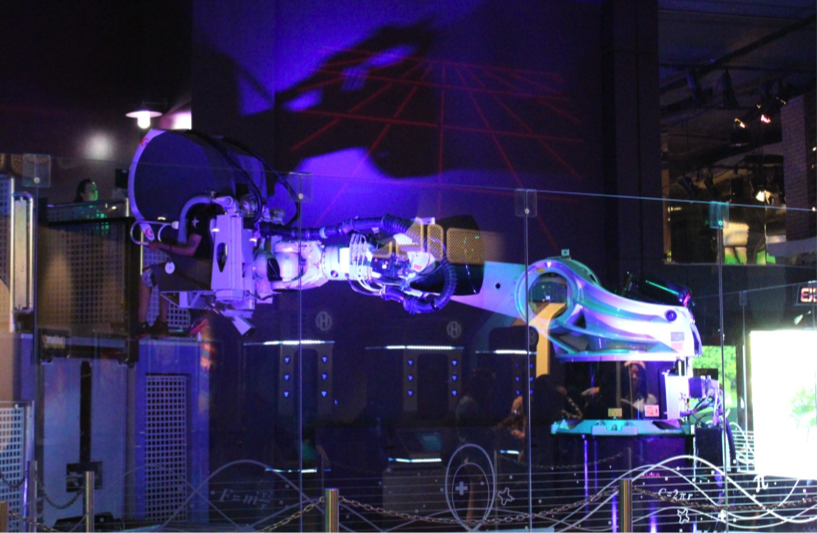 2. The EPCOT theme park was originally built to be a prototype of a future community. EPCOT stands for “Experimental Prototype Community Of Tomorrow”.
2. The EPCOT theme park was originally built to be a prototype of a future community. EPCOT stands for “Experimental Prototype Community Of Tomorrow”.
3. The most distinct landmark is the geodesic dome known as “Spaceship Earth”. The architect is Richard Buckminster Fuller, and the ultra-strong carbon nanostructures known as “Buckminster Fullerenes” or “Bucky Balls” are named after him. The discovery of the bucky balls gave Robert Curl, Harold Kroto and Richard Smalley the Nobel Prize in Chemistry in 1996. Perhaps they got their inspiration from Disney World..?
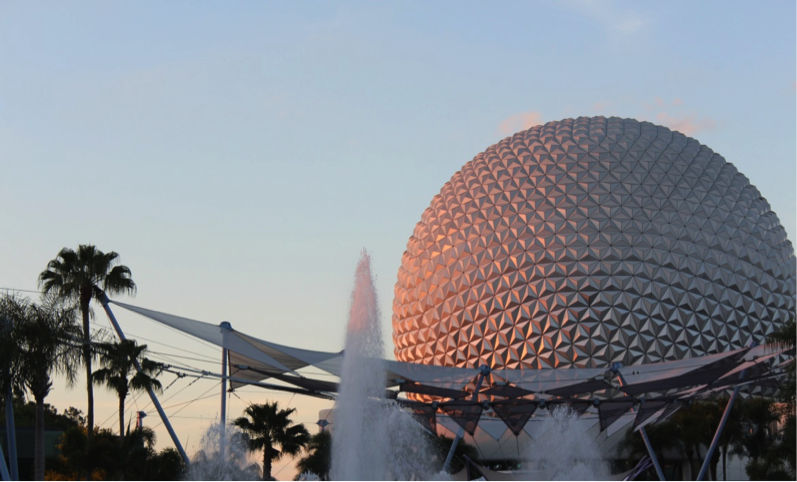 4. “Future World” at EPCOT features technological innovations. You can learn about really exciting things such as microscopy and nanotechnology.
4. “Future World” at EPCOT features technological innovations. You can learn about really exciting things such as microscopy and nanotechnology.
5. The “World Showcase” shares the culture and cuisine of 11 different countries: Mexico, Norway, China, Germany, Italy, the United States, Japan, Morocco, France, United Kingdom and Canada. Although perhaps not hardcore science, understanding of foreign cultures is important in all scientific work.
